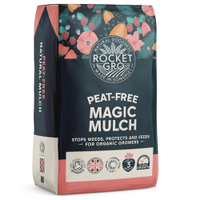8 essential tips to protect plants from frost, recommended by garden experts
Follow our expert-approved guidance to preserve your plants and protect lawns during impending winter frosts
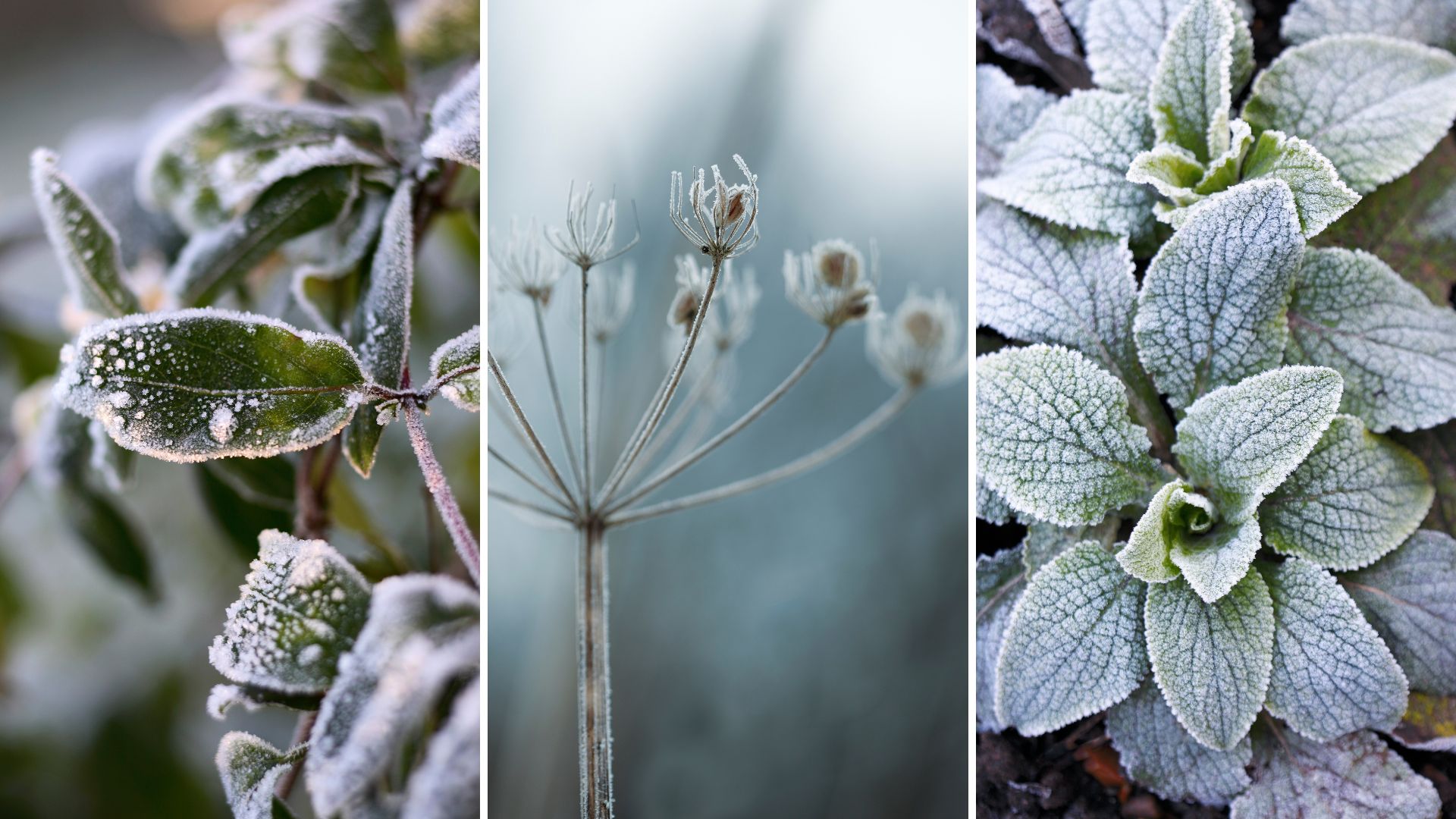

While gardens can look gorgeous under a cover of silver frosting the reality of frost is not so magical. In order to protect plants from frost during the winter months experts reveal the essential tasks to tackle.
Similar to protecting your garden from heavy rain it's important to undertake several key jobs to give your best plants a better chance of staying healthy during bracing winter temperatures and harsher living conditions. Particularly frost, which has the potential to kill plants, causing damage to lawns and stunting the growth of any fledgling shrubbery.
Follow these essential winter lawn care tips and practical garden chores checklist to protect your plants and keep your plot in the best possible condition throughout the cold, wet and frosty winter months.
8 essential tips to protect plants from frost this winter
“Dealing with frost is an annual battle that every gardener faces, and while some damage is almost inevitable, there are several easy methods you can deploy to significantly reduce the impact it has on your plants and lawn," says Josh Novell, garden expert and director of Polhill Garden Centre.
“Frost doesn’t have to undo all of the hard work you have done throughout the year in your garden, and taking some time to prepare your outdoor space in the right way before the temperatures drop will make your life a lot easier come the spring.”
1. Trim and prune for prevention

Give your plants the best chance of survival by carrying out essential pruning to remove dead branches that could potentially spread disease to healthier parts of the plant. Just avoid the plants you should never deadhead as you could do more harm than good.
"Before the first frost, you should prune your garden to help lower the chance of illness and damage," says Josh. "Eliminating sick or dead branches and stems improves airflow and avoids moisture accumulation, which can cause problems with frost."
Sign up to our free daily email for the latest royal and entertainment news, interesting opinion, expert advice on styling and beauty trends, and no-nonsense guides to the health and wellness questions you want answered.
"Prune dormant shrubs and trees in December to encourage healthy growth," advises Amy Stubbs, project and development manager at British Garden Centres. "Shape hedges, grape vines, clematis, and fruit trees. December is the best month to prune climbing roses, removing diseased or damaged growth. Guide new shoots for support to encourage a beautiful spring display."
Spear & Jackson Kew Gardens Woodland Collection Bypass Secateurs
These secateurs are made with drop-forged carbon steel for strength and feature FSC-certified ash wood handles to make deadheading with precision easy.
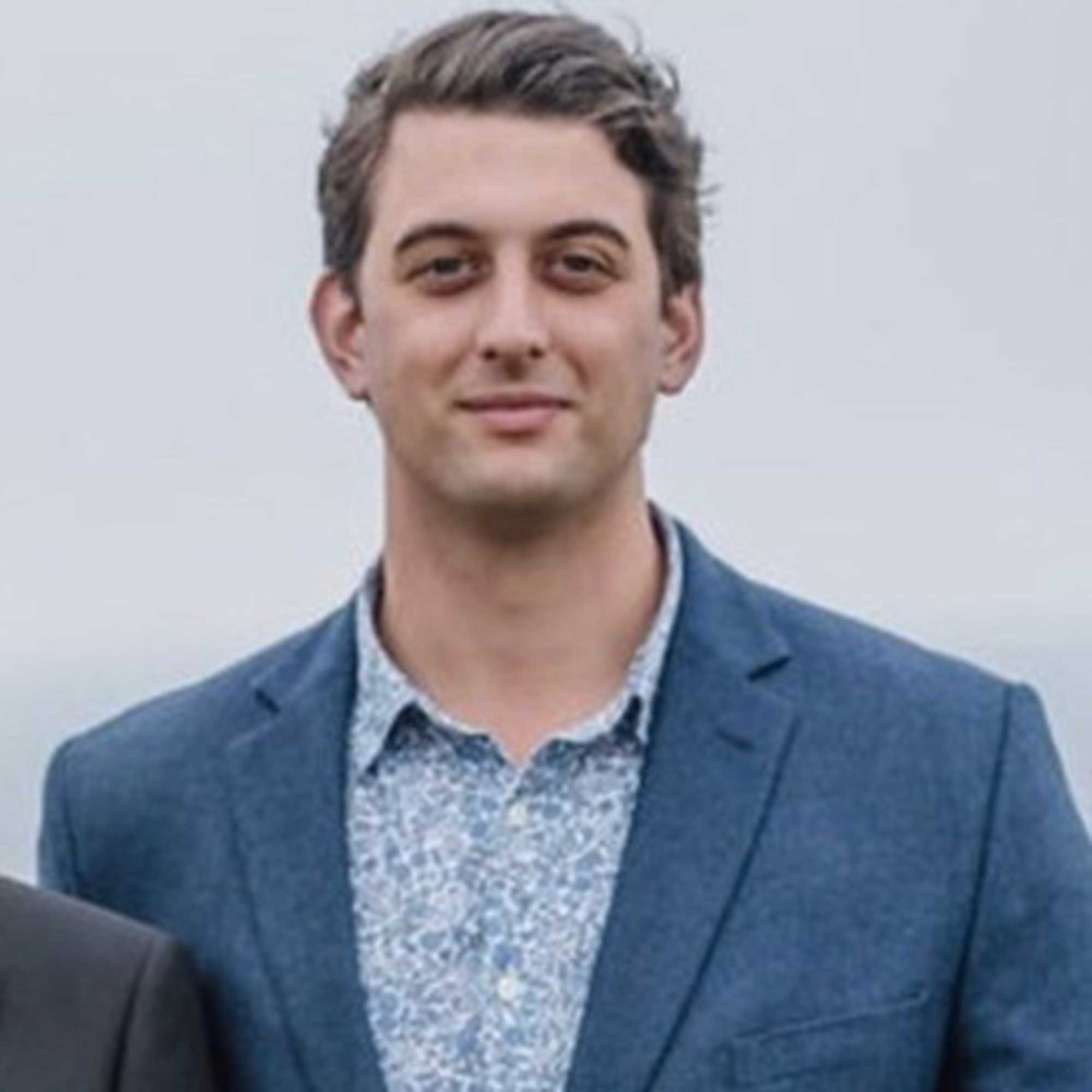
Josh has over six years' worth of experience in the horticulture industry. He began his career as a strategy manager before working his way up to become a director and is now a key part of the day-to-day running of Polhill Garden Centre.
2. Apply a layer of mulch to preserve soil

As the temperature starts to drop it's crucial to protect the soil from frost and extreme weather conditions. A layer of insulation is key, by way of mulch.
"Applying a layer of mulch around the base of your plants can provide insulation and help retain moisture in the soil," says Amy. "Organic mulches, such as shredded leaves or bark chips, also break down over time, enriching the soil with nutrients."
"The rate at which compost decomposes over the winter months slows down as the temperature cools, so you’ll want to give it a final boost ready for lush, fertile compost ready for use in spring. Turn it – get a garden fork and give it a good turn so that as much air is incorporated as possible."
Top tip: For added protection on chilly nights, Josh suggests: "Wrapping these plants with old bed linens or frost cloths." You could even use old towels in your garden for this, they're a great insulator.
RocketGrow Magic Mulch: £9.99 at Crocus
We recommend this peat-free blend of 'magic' mulch for all your gardening needs. The mixture is 100% sustainable mulch harvested on organic Somerset farms from traditional crops: maize, rye and grass.
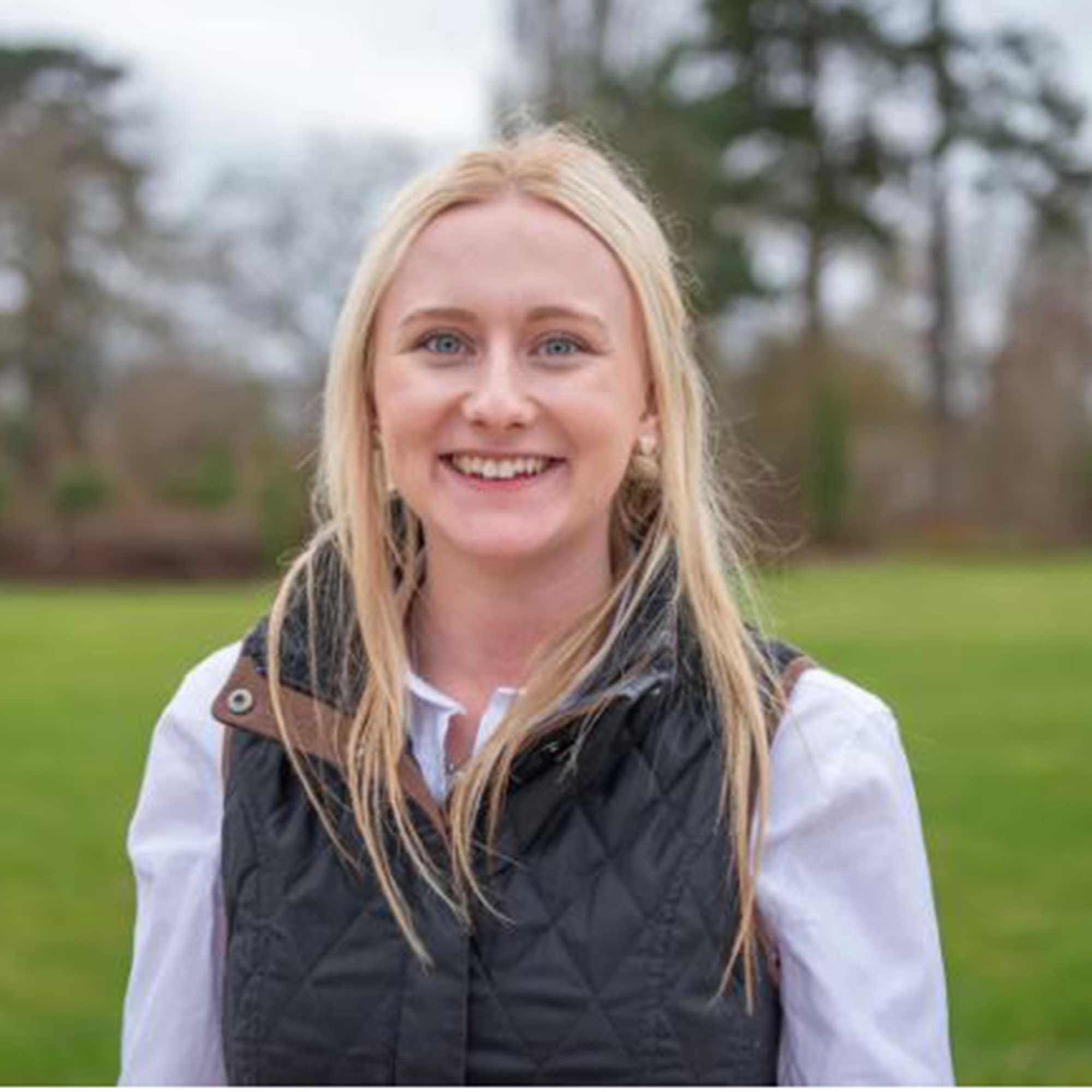
Amy is the Project and Development Manager at British Garden Centres and is the daughter of the founder Charles Stubbs. Amy started working on the nursery, before becoming Centre Manager of the flagship store, Brigg. She now oversees development works with the group and heads up the marketing team.
3. Relocate containers and potted plants

Consider moving tender plants indoors to a porch or greenhouse to limit the impact of the elements, where possible. "Because potted plants are more susceptible to frost damage, bring them indoors or to a covered space like a shed or garage," says Josh.
But where that's not possible fear not, there are still steps you can take to protect your plants from frost.
When rearranging your plants group them together so there's safety in numbers and look to move them to a more secluded area of the garden. "Safeguard potted plants by moving them to sheltered areas," Amy advises.
Look to move them to the side of the house or under an awning to provide a little extra shelter. Just make sure you flood your potted plants before bringing them inside, this will stop any unwanted hidden pests from taking over your home.
The bigger the grouping the less exposed each plant is to the winter climate, being huddled together they can reduce the impact of strong winds whipping around each plant for instance.
4. Insulate plant pots with bubble wrap
When it comes to your patio potted plants a layer of bubble wrap is the equivalent of use wearing the best winter coats– wrapping up warm to beat the cold.
"Potted plants should be grouped together and covered with blankets or bubble wrap to give additional insulation if they can't be brought indoors," says Josh. "Use bubble wrap or specialised container coverings to insulate pots in huge outdoor containers that are too heavy to relocate. By doing this, temperature fluctuations that might harm plant roots are reduced."
"Wrapping the pots in bubble wrap traps warm air around your potted plants," explains Jack Sutcliffe, co-founder of Power Sheds. "Cold weather, particularly frost, causes the water in plant cells to freeze, but bubble wrap can help them to survive harsh winter weather."
5. Wrap tree trunks
The wrapping process doesn't just stop at the pots, you also need to insulate and protect trunks on particularly vulnerable trunks – Banana plants being one example.
"Frost fractures can occur in young trees with thin bark," warns Josh. "Wrap the trunk with hessian or tree wrap to avoid this. The tree is shielded from potentially harmful excessive temperature swings by this covering."
Abimars Garden Fleece, £13.99 at Amazon
Make your own DIY plant covers using this 2 m x 10 m horticultural fleece to prevent damage from freezing conditions. Simple wrap your plants, tree trunks and pots using the fleece and fasten with garden twine where needed.
6. Water in advance to retain heat in the soil

We know the best time to water lawns but we're less likely to know when to water plants and gardens ahead of frost in the winter, but the timing is extremely important during cold weather.
As Josh explains: "Make sure your plants get enough water before the first frost. A day or two before an expected frost, give your soil a thorough watering as moist soil holds heat better than dry soil."
Before warning: "On the other hand, refrain from watering plants in the late evening as they may freeze and become more damaged."
Knowing how to water your garden plants properly will put you in a good habit of knowing what different species in your garden will need a different amount of watering before the frost hits.
7. Avoid stepping on frosty lawns
Avoid the temptation to crunch over a beautifully frost lawn because this is the worst lawn care mistake you can make during winter. "Frosty grass blades will be frozen from the inside out and are very brittle," warns gardening expert and director of Easy Garden Irrigation, Sean Lade.
"The crunching sound you hear while walking on it is the sound of grass blades breaking. Also, you’ll notice that the grass doesn’t feel springy like it does in spring and summer. When you tread on frozen grass, all the broken glass blades compact down and cover the grassroots. This prevents the roots from getting the water and oxygen your lawn needs to stay healthy."
Not stepping on the lawn is the easiest way to avoid concerning yourself with what to do with a yellow lawn come spring. "When spring comes around, you’ll see yellow patches of dead grass that will not grow back as quickly," says Sean. "If you are a proud owner of an immaculate lawn, I would suggest not treading on it. Even a small dog walking over it can snap the blades."
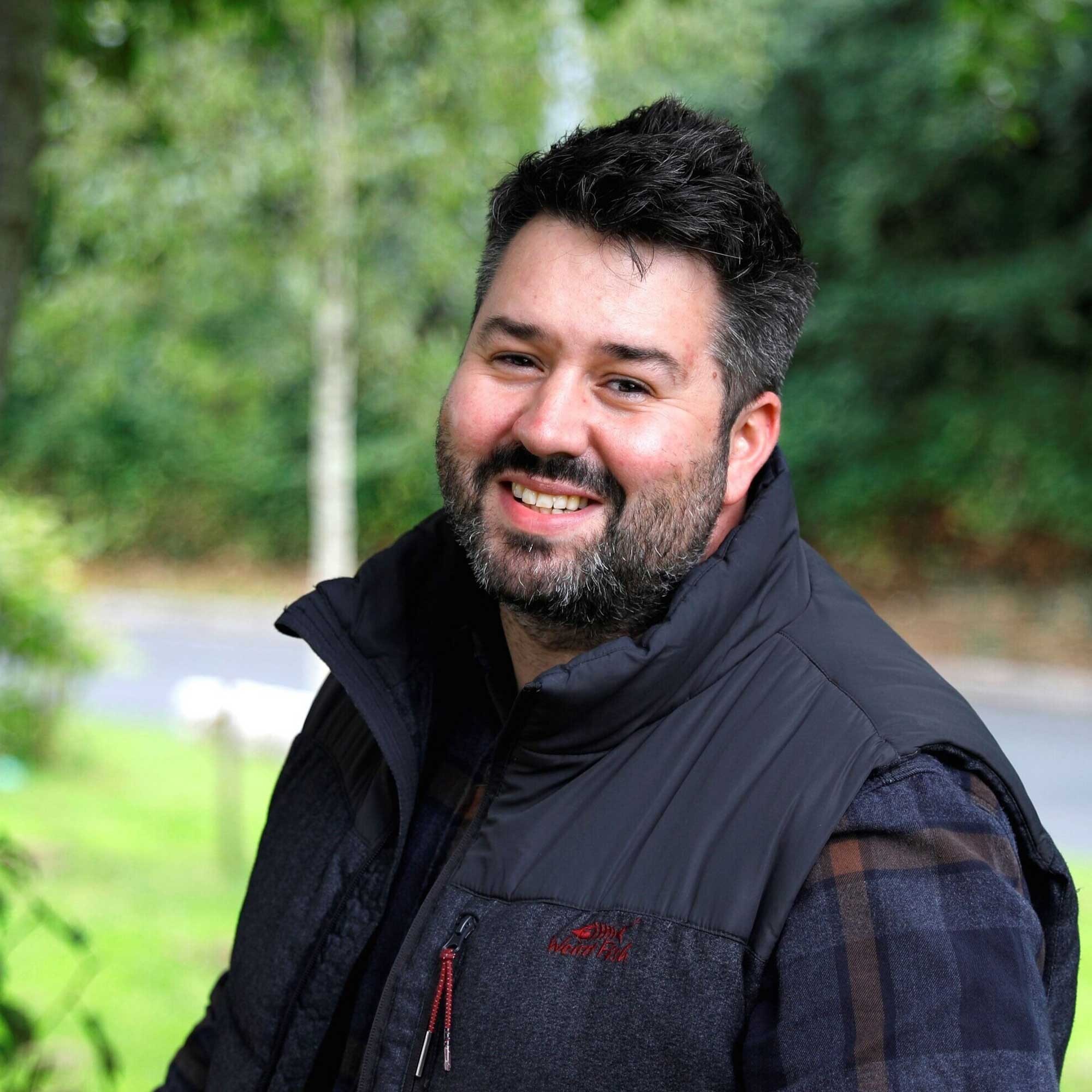
Sean is an expert at Easy Garden Irrigation, an industry-leading BALI-accredited company. Sean holds in-depth expertise in gardening and horticulture, with a focus on designing efficient irrigation systems. His solutions grace gardens and nurseries across the UK, embodying an environmentally-conscious approach to water usage.
8. Check and ward off pests
Winter gardens are still prone to pest infestations that can damage plants ahead of next spring. "Check your plants for pests like aphids, spider mites, and scale insects before winter arrives," Josh advises. "These pests have the ability to weaken plants and increase their vulnerability to frost damage. In order to maintain the health of the plants, treat the infestations as needed."
"Winter is the perfect time for pests to invade garden plants and destroy growth opportunities when spring comes," Jack explains. For a natural remedy to deter pests, Jack suggests trying a dash of garlic to keep them away.
"The pungent smell of garlic will repel any pesky pests without damaging the plants. My top tip is to blend garlic with a little water to create a spray that will be easy to spread around the garden."
You might also want to use some deterrents for keeping rats out of your garden and mice away from your home. Winter is when rodents will look for warm shelter and your house or shed will make the perfect new home.
Elliott Plastic 1 Litre Spray Bottle with adjustable trigger: £6.57 at Amazon
Perfect for any cleaning solutions or deterrent sprays, this bottle holds up to a litre worth of liquid and has various spraying options.
FAQs
What does overwintering plants mean?
Overwintering is the process of protecting plants from frost and cold weather conditions during winter. This act of protecting plants is essential for ensuring their survival during adverse seasonal conditions in order to promote healthy growth in the spring. All the steps mentioned above as part of the overwintering process, from pruning to avoid potential diseased materials to mulching to add a layer of insulation to keep the soil warm.
“Overwintering your garden plants requires a bit of extra effort, but the rewards are well worth it for the new year," says Julian Palphramand, head of plants at British Garden Centres. "By following my tips below, you can help your plants survive the harsh winter months and emerge refreshed and ready to thrive in the spring. With a little care and attention, your garden can remain a vibrant and beautiful space year-round."
- Prevent disease: "Clear any fallen leaves, dead plants, and other debris that could harbour pests or diseases in your containers and borders," says Julian. "This will help prevent problems when warmer weather returns. Trim back perennial plants to encourage healthy growth in the coming season. Pruning also helps to remove any damaged or diseased parts."
- Provide protection: "A layer of mulch around your plants acts as an insulating blanket, helping to retain moisture and protect roots from freezing temperatures" Julia explains. "You can use organic materials like straw, leaves, wood chips or horticulture fleece."
- Move vulnerable plants: "If your plants are in containers, move to a sheltered location and reduce watering significantly during the winter months," suggests Julian. "If you can't bring them indoors, wrap the pots in insulation and move them to a sheltered location against a fence, hedge, or a row of tall plants."
- Feed and water: "While plants may need less water during the winter, it's important to avoid letting the soil dry out completely," warns Julian. "Check the moisture level regularly and water as needed. For a boost of nutrients, apply a slow-release fertiliser to your garden in late autumn or early winter. This will help to nourish your plants and prepare them for spring growth."
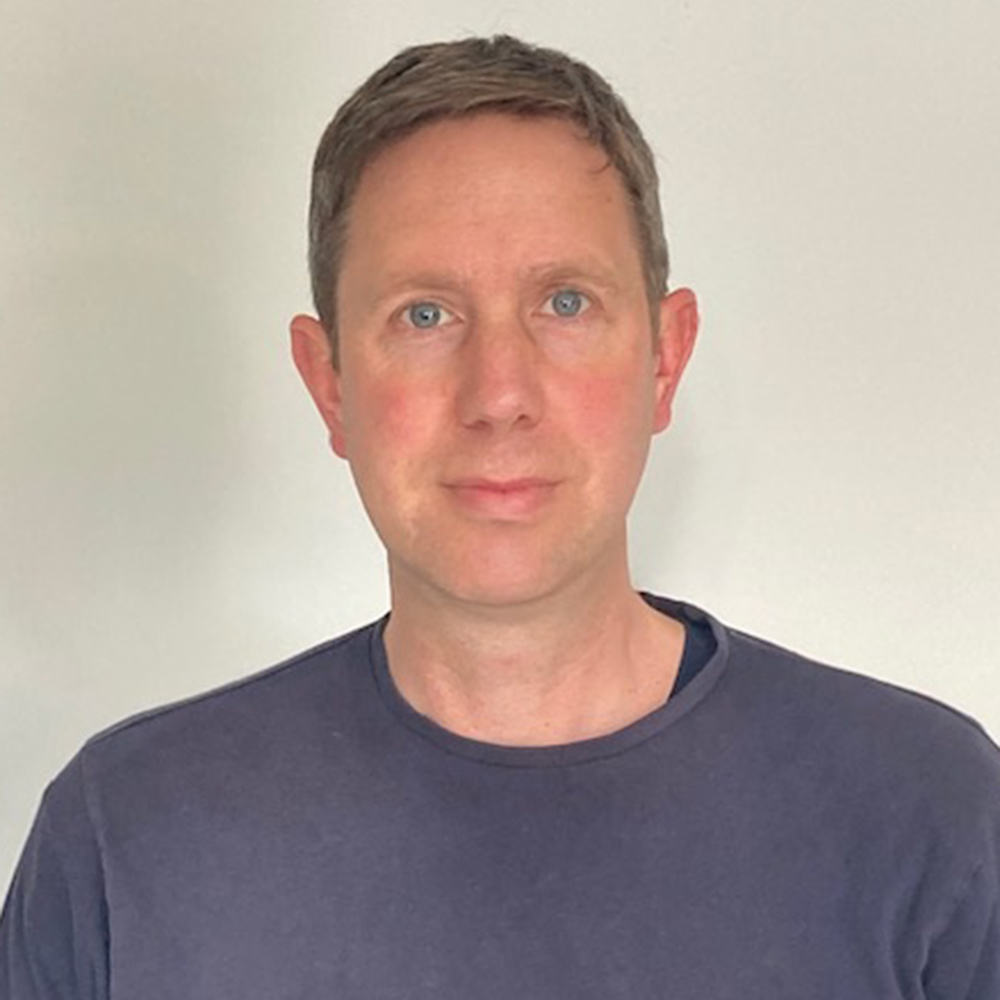
Overseeing the procurement and selection of indoor and outdoor plant varieties for the company's 62 retail stores across the UK makes Julian an expert in sourcing the perfect plants. His expertise in horticulture and his passion for fostering a love of plants among customers help drive the continuous growth and success of the group.
When you've spent all year tending to your plot it is essential to do what you can to make your efforts fruitful for next year, to ensure your curated garden trends, best garden shrubs and carefully chosen bulbs continue to bloom next spring.

Tamara is a highly experienced homes and interiors journalist with a career spanning over 22 years. Now the Lifestyle Editor of womanandhome.com, she previously spent 18 years working with the style teams at Country Homes & Interiors and Ideal Home. With these award-winning interior teams, she gained a wealth of knowledge and honed her skills and passion for styling and writing about every aspect of lifestyle and interiors.
A true homes and interiors expert, Tamara has been an ambassador for leading interior brands on multiple occasions, including appearing on Matalan’s The Show and presenting at top interior trend forecasting events such as the Autumn Fair and Spring Fair.

